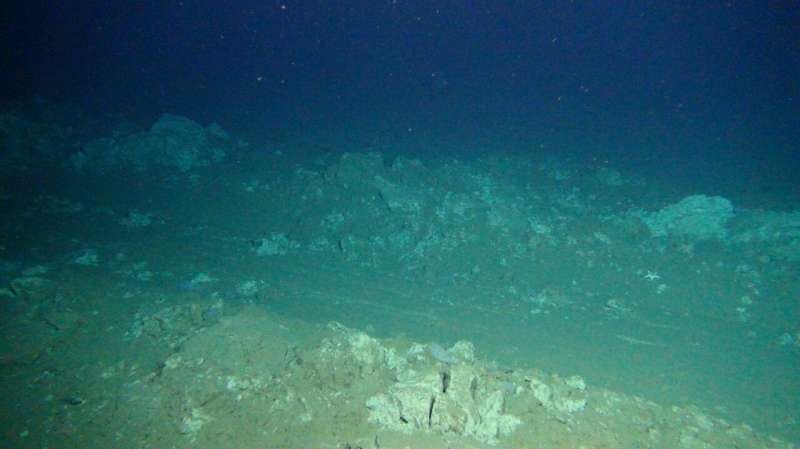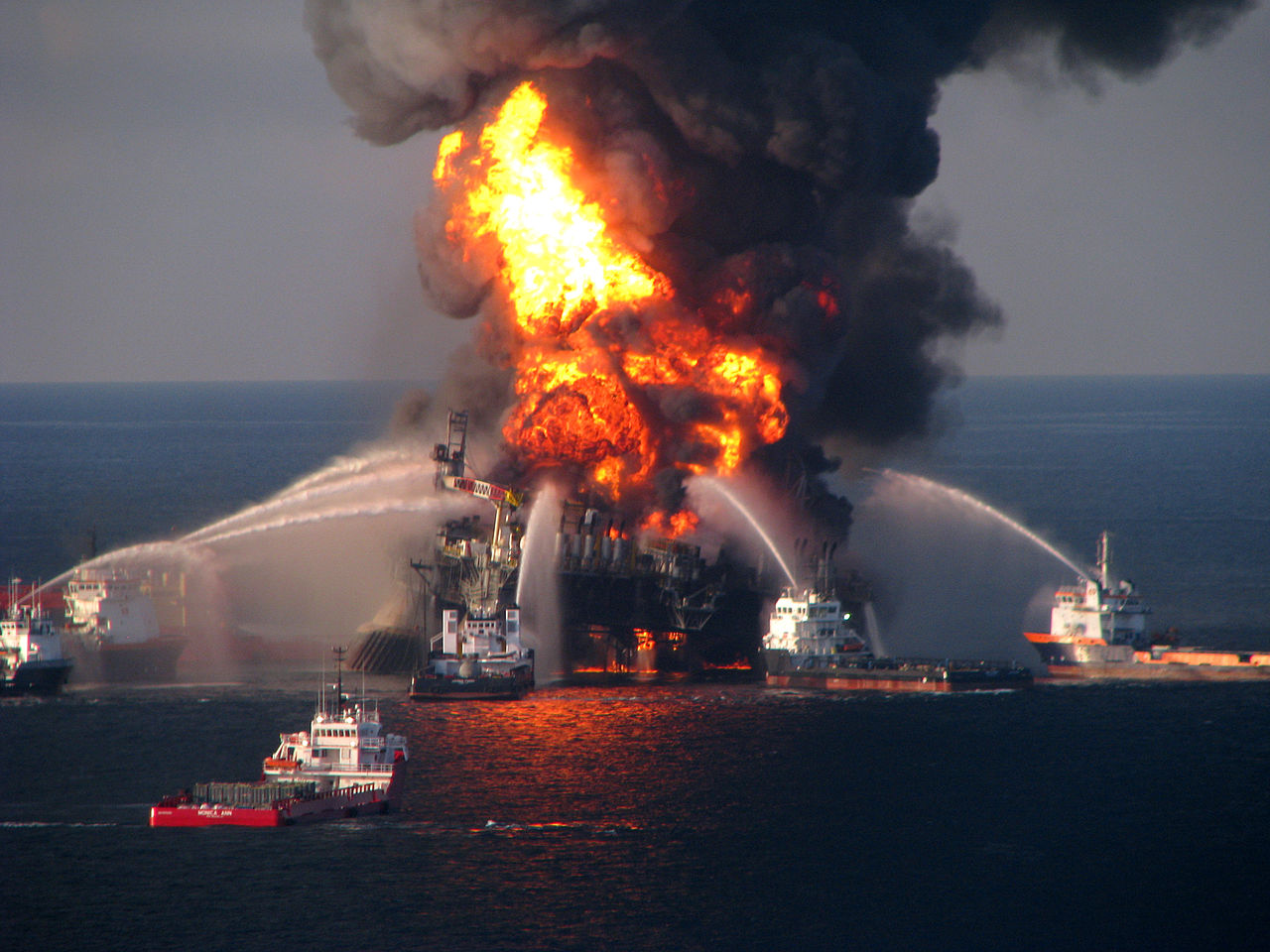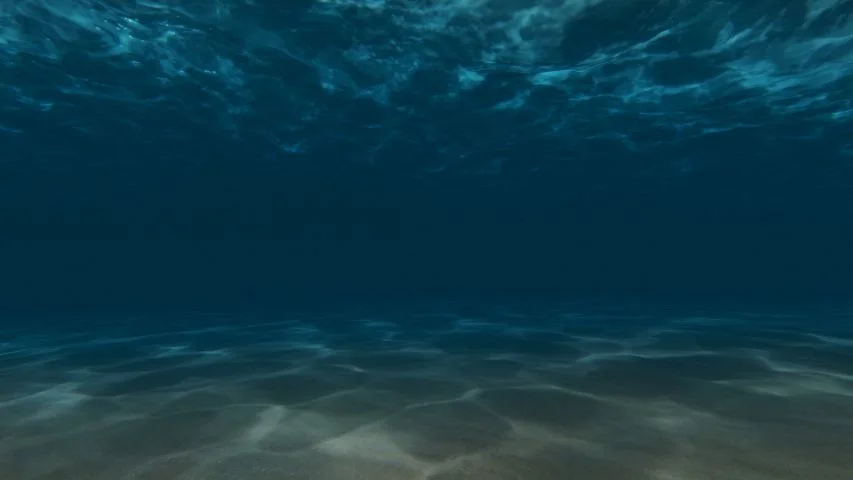Dangers - what we are putting at risk?
The balance between the dangers of deep seabed mining and economic benefits is especially fragile. There are gaps in scientific information to measure precisely potential environmental harm, but it can be agreed that deep seabed mining will harm the marine environment.1 So, what harm is already foreseen? What are we putting at risk? Is it even something that we can risk for the precious material?
We should start by understanding what is deep down at the seabed. So far, we discussed The Area and its depth, the valuable Resources that are basically sitting down on the deep seabed and are ready to be picked. Nevertheless, there is much more, there is biodiversity with creatures and species that have not been discovered yet.2 Species that are accustomed to surviving in the harsh environment of tremendous pressure and darkness.

Credit: Photos by E. Goetze, K. Peijnenburg, D. Perrine, Hawaii Seafood Council (B. Takenaka, J. Kaneko), S. Haddock, J. Drazen, B. Robison, DEEPEND (Dant Fenolio), and MBARI.
This biodiversity is so unique that when lost could not be found anywhere again (not that we would know about it as it has not been discovered). You could be wondering why these species should be important. For instance, the genetic materials of this biodiversity could have biotechnical or pharmaceutical use.3 It could be used to create new antibiotics.4 And it is just a small part of their importance. Biodiversity loss can have an impact on the seas as we know it, affect fisheries, climate regulation, etc.5 The loss of biodiversity can have much more effects than we can anticipate.
All in all, we do not know what exact harm and effects deep seabed mining will have to the deep seabed environment and its biodiversity. Nevertheless, we can be certain about direct damage that will be inflicted when the resources will be excavated.
First, the damage at the mining site, heavy machinery will be driving on the seafloor which will cause direct damage to the seafloor and its habitants also it will raise sediments6 which will disperse over the seafloor. Moreover, it should be considered that the environment recovery at the seabed is distinct from that on the land. When heavy machinery destroys the forest floor, the forest floor recovers itself little by little over time with visual improvements year after year. The deep seabed is different, the tracks made almost thirty years ago on the seabed are still clearly visible (picture 1).

Picture 1. Plow tracks are still clearly visible on the seafloor of the DISCOL area 26 years after the disturbance. Credit: ROV-Team/GEOMAR
Second, raised sediments will cover areas in the proximity of the mining fields that will potentially bury various organisms living there.7 I will leave you to imagine what can happen to organisms that are buried.
Third, this heavy machinery will introduce noise and light somewhere where neither light nor sound has ever been. Have you ever tried to sleep when your neighbours are throwing a party? Well, we will throw a party to deep seabed species without inviting them.
It might not look much but deep seabed mining will alter the life of the deep seabed for all its inhabitants. It is a bare minimum of what will happen, and we are not discussing potential accidents, leaks, and spills of fuel and toxic products.8 Same exact accidents that occurred numerous times on the oil platforms at the seas (picture 2). Obviously, to prevent accidents the Area and deep seabed mining are heavily regulated and everyone engaging in its activities must comply.

Picture 2. Deepwater Horizon oil spill discharges 4.9 million barrels (2010) Credit: https://www.wikiwand.com/en/Energy_accidents
Nevertheless, is it even possible to regulate deep seabed mining to such a degree that we would feel safe considering what dangers it might bring? Or it is better to wait until knowledge gaps about the deep seabed environment will be filled so it would be clear what are we risking?
1 Rahul Sharma, Deep-sea Mining: Current Status and Future Considerations in Rahul Sharma ed), Deep-Sea Mining: Resource Potential, Technical and Environmental Considerations (Springer 2017) 14.
2 https://www.frontiersin.org/articles/10.3389/fmars.2020.00384/full
3 https://www.nature.com/articles/s41893-020-0558-x
4 https://youtu.be/7HoVwJH-_so?t=383
5
Le, J. T., Levin, L. A. & Carson, R. T. Incorporating ecosystem services into environmental management of deep-seabed mining. Deep Sea Res. Pt II 137, 503 (2017).
6
a soft substance that is like a wet powder and consists of very small pieces of a solid material that have fallen to the bottom of a liquid (Cambridge Dictionary).
7
Julia Guifang Xue and Xiangxin Xu, Deep Seabed Mining: Environmental Concerns and Improvement of Regulations in Keyuan Zou (ed), Global Commons and the Law of the Sea (Brill Nijhoff 2018) 180-181.
8 https://www.iucn.org/resources/issues-briefs/deep-sea-mining
